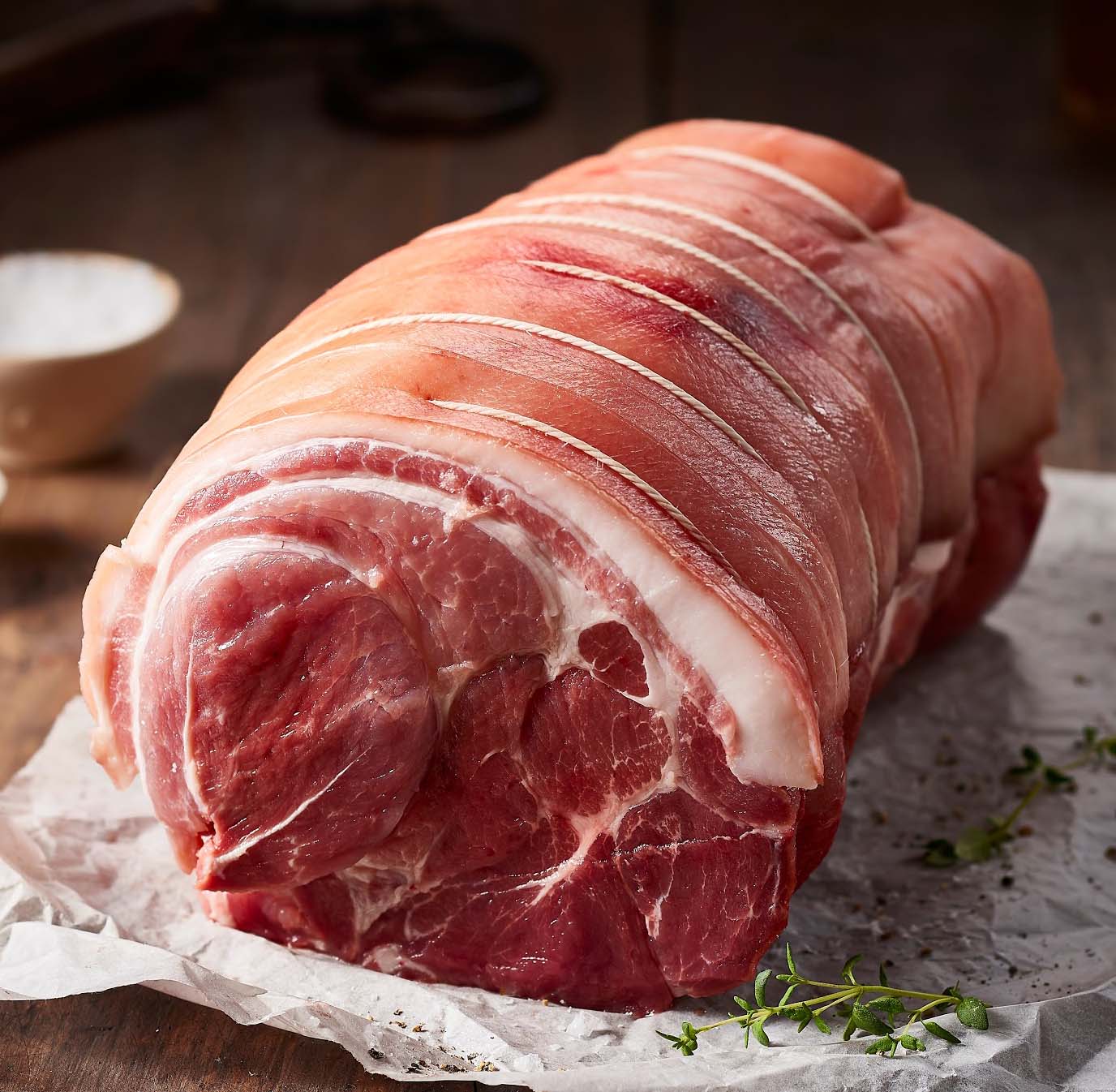Bone-In vs Boneless Pork Shoulder: A Comprehensive Comparison
When it comes to pork shoulder, one of the key decisions you have to make is whether to choose bone-in or boneless cuts. Both options offer unique advantages and considerations, and understanding the differences can help you make an informed choice. In this article, we will delve into the characteristics, cooking methods, flavors, and benefits of bone-in and boneless pork shoulder. By the end, you'll be equipped with the knowledge to select the perfect pork shoulder for your culinary needs.
I. Definition and Characteristics:
1. Bone-In Pork Shoulder:
Bone-in pork shoulder, also known as a Boston butt or picnic roast, is derived from the upper shoulder of the pig. It typically includes the blade bone and may have some additional bones present.
This cut is marbled with fat and connective tissue, which contributes to its rich flavor and tenderness.
2. Boneless Pork Shoulder:
Boneless pork shoulder is a deboned version of the pork shoulder cut. It is prepared by removing the bones from the shoulder, leaving behind a single, boneless piece of meat.
This cut often features a layer of fat, which helps to retain moisture during cooking.

bone in vs boneless pork shoulder
II. Cooking Methods:
1. Bone-In Pork Shoulder:
Due to its size and the presence of bones, bone-in pork shoulder is commonly cooked using slow and low-temperature methods such as roasting, smoking, or braising.
The bones help to enhance the flavor and provide additional moisture to the meat, resulting in succulent, fall-off-the-bone tender pork.
2. Boneless Pork Shoulder:
Boneless pork shoulder offers more flexibility in cooking methods. It can be roasted, grilled, seared, or even used in stews or stir-fries.
The absence of bones allows for easier slicing and portioning, making it ideal for dishes that require uniform cuts of meat.
III. Flavor and Texture:
1. Bone-In Pork Shoulder:
The bone-in pork shoulder is often praised for its exceptional flavor and succulence.
The combination of fat, connective tissue, and bones contributes to a rich and moist texture, as well as a deep, porky flavor that is well-suited for dishes like pulled pork or slow-cooked roasts.
2. Boneless Pork Shoulder:
Boneless pork shoulder also possesses excellent flavor, albeit with a slightly different profile.
It tends to be slightly leaner than the bone-in counterpart, but the presence of fat marbling ensures juiciness and tenderness. The absence of bones allows for a more consistent texture throughout the meat.

bone in vs boneless pork shoulder
IV. Benefits and Considerations:
1. Bone-In Pork Shoulder:
- Enhanced flavor and tenderness due to bones and connective tissue.
- Provides a visually appealing presentation, especially when presented as a whole roast.
- Requires longer cooking times due to the bones, making it suitable for slow cooking enthusiasts.
- Can be more challenging to slice and portion due to the presence of bones.
2. Boneless Pork Shoulder:
- Versatile and easier to handle, allowing for a variety of cooking methods.
- Offers convenience in slicing and portioning, making it suitable for quick meals or recipes that require uniform cuts.
- Cooks relatively faster due to the absence of bones.
- May require additional attention to prevent dryness during cooking.

bone in vs boneless pork shoulder
V. Conclusion:
Choosing between bone-in and boneless pork shoulder depends on your specific needs and preferences. If you value rich flavor, tenderness, and are willing to invest time in slow cooking, the bone-in option is an excellent choice.
On the other hand, if convenience, versatility, and faster cooking times are your priorities, boneless pork shoulder will suit your requirements.
Understanding the characteristics, cooking methods, flavors, and benefits of each option empowers you to make an informed decision and create delicious pork dishes tailored to your liking.